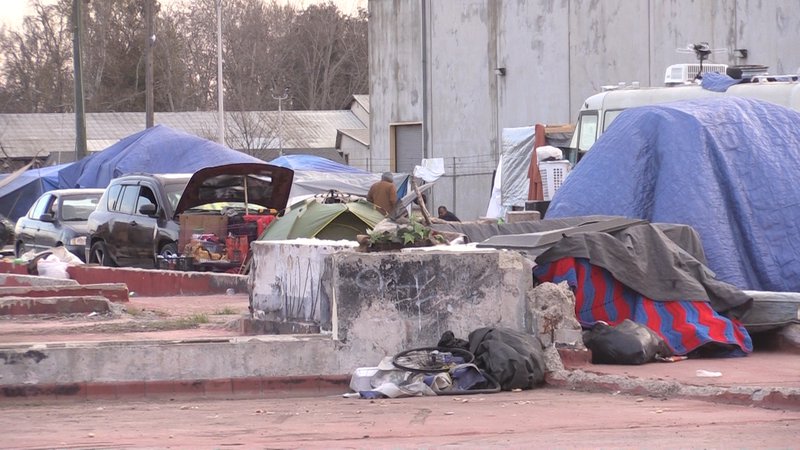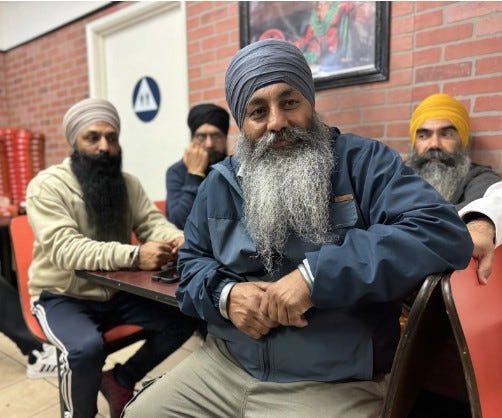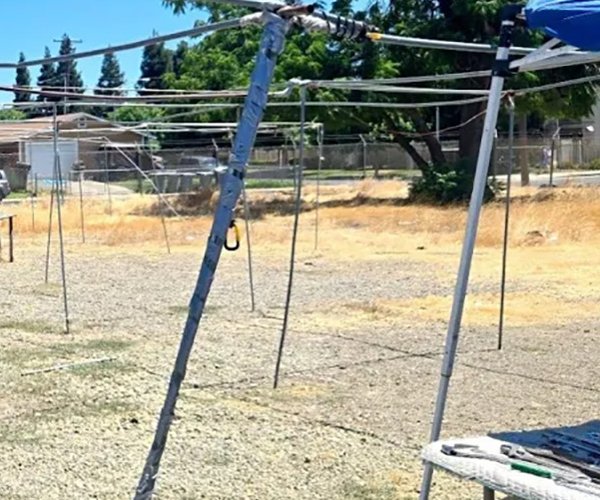District 2 Stanislaus County Supervisor Vito Chiesa visited The 209 Podcast this week to talk about the area’s increasingly visible homelessness issue. From funding resources to potential solutions, Chiesa shared steps which have been taken at the County level to help all individuals experiencing homelessness, whether it’s those experiencing housing insecurity due to the pandemic or others suffering from mental health issues and substance abuse.
While a summary of the interview’s first 10 minutes is provided below, the 45-minute discussion in its entirety will be available on the Turlock Journal website and all podcast platforms on Thursday.

Question: Homelessness is a huge issue, not only in the 209 and Stanislaus County, but throughout California as a whole. You were elected in 2008 and seated in 2009; during that time, how have you seen the homelessness issue grow here locally?
Answer: Chiesa pointed to the point in time count over his 12 years in office, which provides the number of homeless individuals counted by the County each year. It was about 1,000 when he was first elected, he said, and the most recent count shows 2,107 homeless individuals counted in Stanislaus County in January 2020.
“I know we’re doing a better job now, but you’re just seeing more and more and there’s a couple of different components I usually refer to,” Chiesa said. “There’s people that have housing insecurity that maybe lost their job or they have a medical condition, and then there’s the chronic homeless, and I think that’s probably what we’re going to refer to more today than the housing insecurity point.”
Q: Based on what you’ve seen, what are some of the main contributing factors to this issue, like camps on the side of the road and even on the side of the freeway? What’s causing this, really?
A: Chiesa touched on three components to homelessness: lack of affordable housing, addiction and mental health issues, all three of which are sometimes co-occurring or drug induced.
“You take that combination and put every one of them together, and it makes for not a good situation for some people.”
Q: What services are available for people who are either struggling with drug issues or mental health issues — sometimes I know they go hand-in-hand — and are these people wanting help? Are they accepting help? What have you seen?
A: Stanislaus County’s outreach and engagement teams visit homeless camps in Turlock multiple times per month, Chiesa explained, offering help with services like behavioral health and recovery, drug and alcohol treatment, CalFresh and even acquiring IDs.
“I think the last (report) I read when they were out at the camp by Planet Fitness, 30 people were engaged, five of them took services to sign up for some sort of WIC program and/or CalFresh, but only one took shelter,” Chiesa said.
Chiesa said he likes to discuss the “three components” to the homelessness crisis because they all combine to form a solution. Step one is shelter and housing, he said, because the work to help an individual can’t begin until they’re in a stable environment.
“You can’t just do enforcement, you can’t just provide services and you can’t just provide shelter,” Chiesa said. “It’s like the three-legged stool; it falls down without one or the other.”
Q: We see it year after year — these camps form, and then they’re removed and the people who were camping just move to a different spot. Do you think this method is working? What can be done about that?
A: Chiesa praised the efforts of the City of Modesto to first provide an outdoor shelter for its homeless individuals, then the creation of a low-barrier shelter operated by The Salvation Army.
“When Mo’s opened, the outdoor shelter, it allowed police to send people to a single location where services were provided. Then when Mo’s went away, the low-barrier shelter was created and it’s been a good transitional step,” he said. “Until you have people in a stationary environment where it’s a secure environment for them, they won’t take services and that’s why we haven’t had any success, typically, on the street.
“We keep moving them around and that’s not a final solution, we know that,” Chiesa continued, but praised the Turlock Gospel Mission and We Care Shelter for the work they do in the city. “The people of Turlock are so generous and they’re doing great work, there just needs to be more.”
Q: Is there anything in the works like a low-barrier shelter or outdoor camp like Mo’s for Turlock?
A: Of the over 2,000 homeless individuals living in Stanislaus County, Chiesa said about 75% are located in Modesto, making a large-scale solution like the two previously mentioned all the more necessary. Turlock previously had a Community Assessment Response and Engagement (CARE) team which would regularly make contact with homeless individuals in the most distress, but budget woes forced the City to pull officers from the program. The City is looking at reinstating the program, which will be vital to ensuring homeless individuals who are utilizing the most services are held accountable.
“You can’t stop them from doing things they want to do, but if you keep them on a more even keel you have less interactions with police and fire, and those are where the real costs run up,” Chiesa said. “I think that hitting those most-distressed people will really take a lot of pressure off of the businesses.”








